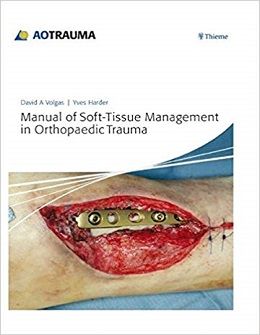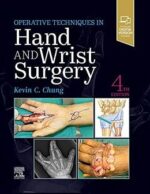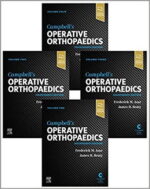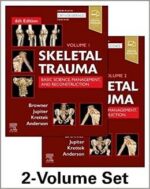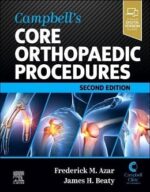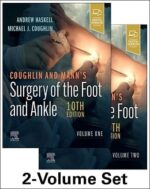Manual of Soft-Tissue Management in Orthopaedic Trauma The illustration is very rich with many drawings and photographs facilitating the comprehension of the techniques and is reinforced by the presence of explanatory videos on the website. Clinical cases at the end of the book make it possible to put into practice and to stress the importance of a total treatment of the fractures and surrounding tissues. — European Journal of Orthopaedic Surgery & Traumatology
This book beautifully begins with the most basic of soft tissue surgical techniques, including how to hold the scalpel and cut tissue as well as the proper use of other surgical tools. It progresses to describing and providing treatment recommendations with detailed photographs of complex traumatic soft-tissue issues. The color photos and diagrams are superb. This is very much a niche book without shortcomings.– Samuel Chmell, MD, University of Illinois at Chicago College of Medicine
A fracture first and foremost is a soft-tissue injury, the best possible outcome of which strongly depends on correct decision making at the right time and state-of-the-art soft-tissue handling. In order for orthopaedic and trauma surgeons to address these issues comprehensively without being plastic surgeons themselves, a certain level of interdisciplinary understanding has to be acquired.
This textbook provides that knowledge applicable in everyday clinical situations, focusing on interdisciplinary treatment strategies and basic soft-tissue techniques. High-quality videos and 20 carefully selected case studies further illustrate this comprehensive approach and the complex process of decision making.
Surgeons will, among other things, be able to expand their knowledge regarding:
-
- Assessment of soft-tissue injuries
-
- Correct choice and handling of instruments
-
- Emergency department management
-
- Adequate debridement and wound conditioning
- Options and choice of wound closure and coverage
